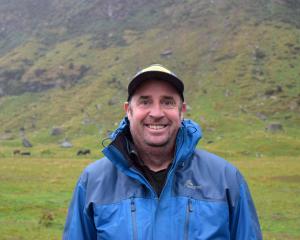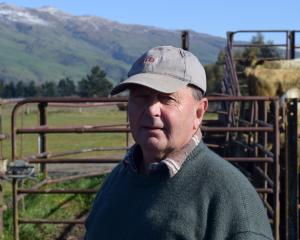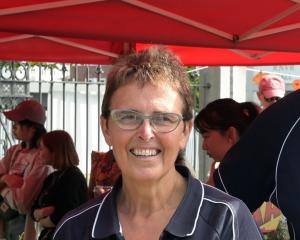
Shawn McAvinue visited the two farms and asked both the same two questions:
1. How many sheep farms have been converted to forestry in the district and what impact do you think that will have on ram sales?
2. Have you introduced any new genetics in your flock recently to chase any certain traits farmers are seeking?
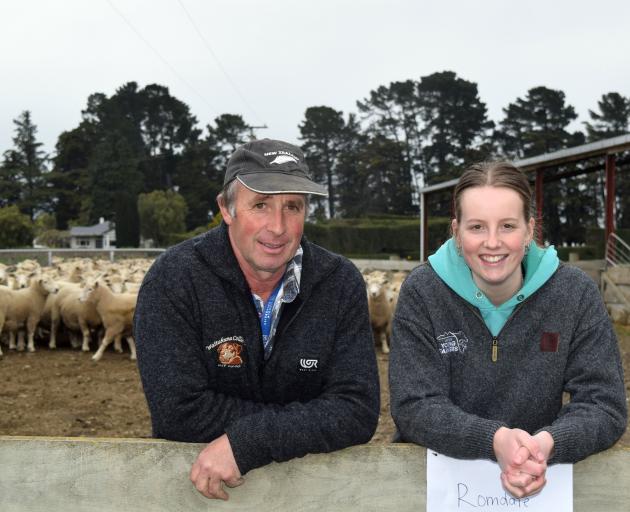
Min Bain, with daughter Danielle
Longridge Partnership co-owner
1. There’s probably up to 100,000 stock units gone out of this area. We lost two clients to trees last year. If you lose 100,000 ewes out of an area, everyone loses clients, not just me, and we are never going to get them back again when they go to trees. If you lose a ram client to someone else, you always have a chance of getting them back but when they go to trees, none of us have a chance of getting them back.
2. We introduced new Perendale rams last year for a change of bloodlines and we’ve been concentrating on survival and growth rates.
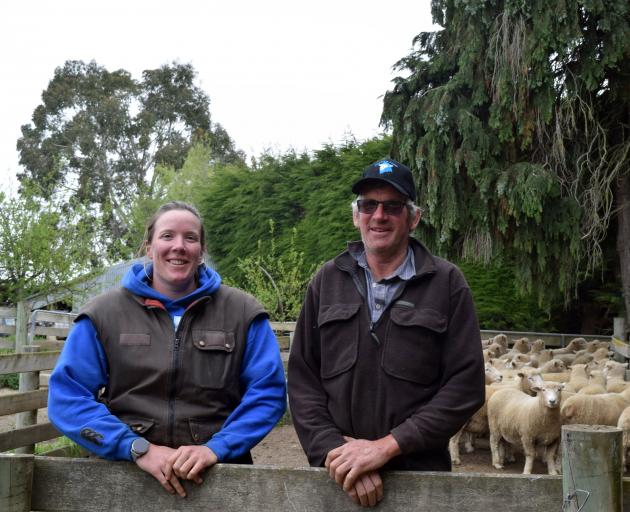
Hamish Erwood, with daughter Abby
Fairview Farm owner
1. There are two good farms in the immediate neighbourhood that have gone to trees. Ram sales will drop off. On one of the farms was 3000 ewes and the other had 2000 ewes. It is going to put the pressure on ram breeders, there’s no doubt about that. It’s terrible what is going on and the damage is already done. Good farmland should be left for meat and wool and not trees — you can’t eat bloody trees.
2. We are continuing to keep our standard high of what we want to breed, which is easy care, hardy, compact rams, which do the job. We are not trying to chase any certain trait, we are just trying to improve what we’ve got, including good weaning weights and fertility, so the ewes have two lambs and rear two lambs.


